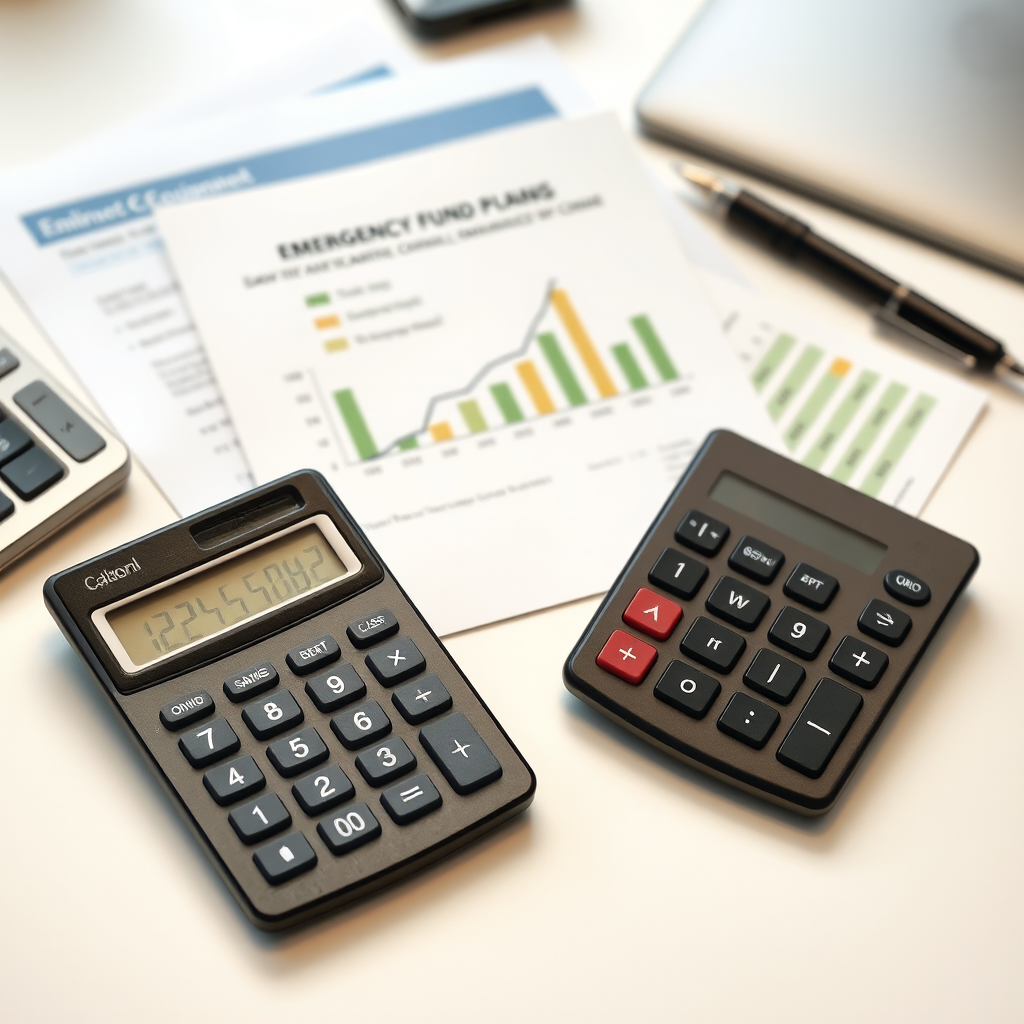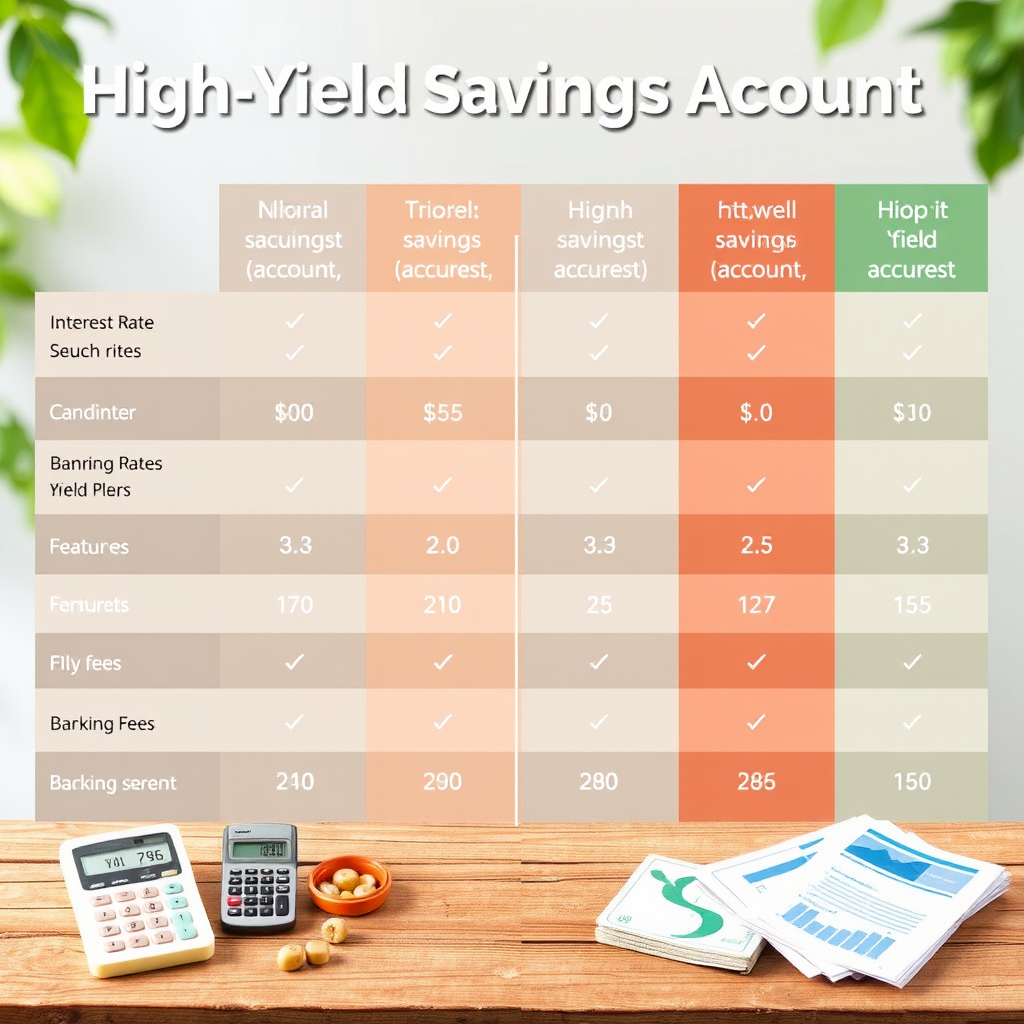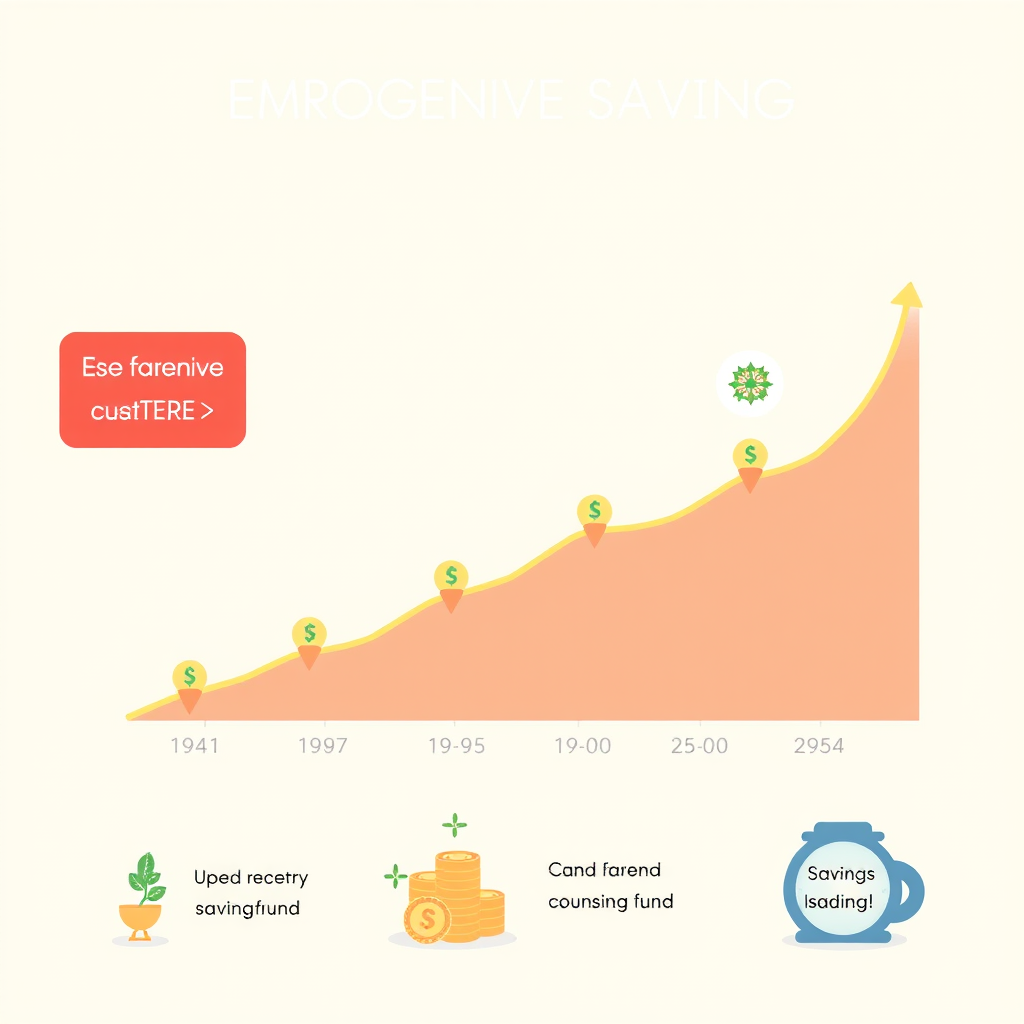Emergency Fund Mastery: How Much You Really Need and Where to Keep It

Why Your Emergency Fund Size Matters More Than You Think
Building an emergency fund isn't just about saving money—it's about creating a financial safety net that protects your entire financial ecosystem. The traditional advice of saving three to six months of expenses might not be enough in today's volatile economic climate. Your emergency fund should reflect your unique circumstances, risk tolerance, and financial obligations.
Consider your job stability, health insurance coverage, and existing debt obligations when determining your target amount. A freelancer or contractor needs a larger buffer than someone with stable employment and comprehensive benefits. The key is finding the sweet spot between having enough liquidity for true emergencies while not letting too much money sit idle.
Quick Emergency Fund Calculator
- Conservative approach: 6-12 months of expenses
- Moderate approach: 3-6 months of expenses
- Aggressive approach: 1-3 months of expenses
High-Yield Savings: Your Emergency Fund's Best Friend
Not all savings accounts are created equal, especially when it comes to emergency funds. High-yield savings accounts offer the perfect balance of accessibility and growth, allowing your emergency fund to earn competitive interest while remaining instantly available when needed.

When evaluating high-yield savings options, look beyond just the annual percentage yield (APY). Consider factors like minimum balance requirements, monthly maintenance fees, and the bank's reputation for customer service. Online banks typically offer higher rates than traditional brick-and-mortar institutions because they have lower overhead costs.
Key Features to Look For
- FDIC insurance protection up to $250,000
- No monthly maintenance fees
- Easy online and mobile access
- Competitive APY that adjusts with market rates
- Quick transfer capabilities to your checking account
Balancing Liquidity and Growth Potential
The biggest challenge with emergency funds is the opportunity cost—money sitting in low-yield accounts could potentially earn more in investments. However, the primary purpose of an emergency fund is accessibility, not growth. The goal is to strike a balance that provides peace of mind without completely sacrificing earning potential.
Liquid Options
- • High-yield savings accounts
- • Money market accounts
- • Short-term CDs (3-6 months)
- • Treasury bills
Growth-Oriented Options
- • Bond index funds
- • Conservative balanced funds
- • I Bonds (inflation-protected)
- • Short-term bond ETFs
Consider a tiered approach: keep one to two months of expenses in a high-yield savings account for immediate access, and place the remainder in slightly less liquid but higher-yielding options like short-term CDs or conservative bond funds. This strategy maximizes your earning potential while maintaining the accessibility that makes an emergency fund effective.
Building Your Emergency Fund Strategy
Creating an emergency fund isn't a one-size-fits-all process. Your strategy should evolve with your life circumstances, income changes, and financial goals. Start with a realistic target and build gradually rather than trying to save everything at once.

Step-by-Step Building Process
- Calculate your monthly expenses: Include housing, utilities, food, transportation, insurance, and minimum debt payments
- Set your initial target: Start with $1,000 as a mini emergency fund, then work toward your full goal
- Automate your savings: Set up automatic transfers to make saving effortless and consistent
- Choose your account: Open a dedicated high-yield savings account separate from your checking
- Review and adjust: Reassess your target amount annually or after major life changes
Pro Tip
Use windfalls like tax refunds, bonuses, or bill reductions to boost your emergency fund quickly. These unexpected funds can accelerate your progress without impacting your monthly budget.
When and How to Use Your Emergency Fund
Having an emergency fund is only half the battle—knowing when and how to use it appropriately is equally important. True emergencies are unexpected, necessary, and urgent expenses that can't be covered by your regular income or other resources.
✓ True Emergencies
- • Job loss or income reduction
- • Major medical expenses
- • Essential home repairs
- • Car repairs for work transportation
- • Family emergencies requiring travel
✗ Not Emergencies
- • Vacation expenses
- • Holiday gifts
- • Home upgrades or renovations
- • Investment opportunities
- • Routine maintenance costs
After using your emergency fund, make replenishing it a top priority. Adjust your budget temporarily to rebuild the fund as quickly as possible, ensuring you're protected for the next unexpected expense. Remember, an emergency fund is insurance for your financial stability—it's better to have it and not need it than to need it and not have it.
Maximizing Your Emergency Fund's Potential
While your emergency fund's primary purpose is security and accessibility, there are strategies to optimize its performance without compromising its core function. The key is finding creative ways to earn more on your emergency savings while maintaining the liquidity you need.
Consider using a high-yield savings account that offers promotional rates for new customers, or look into credit unions that often provide better rates than traditional banks. Some financial institutions offer relationship bonuses if you maintain multiple accounts, which can boost your overall returns.
Advanced Emergency Fund Strategies
- Laddered CDs: Stagger certificate of deposit maturity dates for regular access to funds
- Money market accounts: Often offer higher rates than savings with check-writing privileges
- Treasury bills: Government-backed securities with terms as short as 4 weeks
- Roth IRA contributions: Can be withdrawn penalty-free for emergencies (contributions only)
Remember that your emergency fund is a cornerstone of financial stability, not a profit center. While optimizing returns is beneficial, never sacrifice accessibility or security for slightly higher yields. The peace of mind that comes from knowing you're prepared for life's unexpected challenges is worth more than any additional interest you might earn.